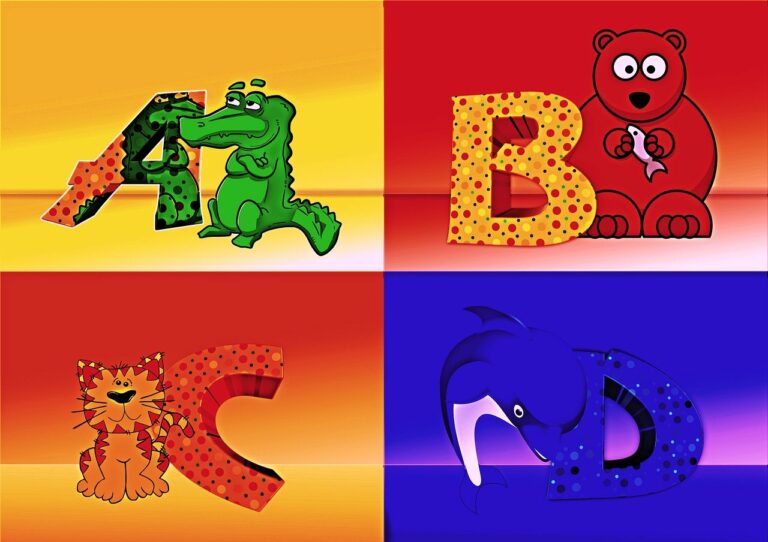Addressing Cultural Competency in Educational Publishing
betbook250 com, reddy anna book online, playlotus365 com:Addressing Cultural Competency in Educational Publishing
In today’s diverse and interconnected world, it is more important than ever for educational publishers to prioritize cultural competency in their materials. By recognizing and respecting the various cultural backgrounds, beliefs, and experiences of students, publishers can create content that is inclusive, relevant, and engaging for all learners.
Why is cultural competency important in educational publishing?
Cultural competency in educational publishing is essential for several reasons. First and foremost, it ensures that all students feel represented and valued in the materials they are using. When students see themselves reflected in the content, they are more likely to feel motivated and engaged in their learning.
Additionally, cultural competency helps to break down stereotypes and biases that may be present in traditional educational materials. By presenting diverse perspectives and experiences, publishers can help students develop a more nuanced understanding of the world around them.
How can publishers address cultural competency?
There are several ways that publishers can incorporate cultural competency into their materials. One key strategy is to include diverse authors and contributors in the development process. By working with individuals from different cultural backgrounds, publishers can ensure that a wide range of perspectives are represented in the content.
Publishers can also conduct thorough research on the cultural backgrounds and experiences of their target audience. By understanding the unique needs and preferences of different groups of students, publishers can create materials that are more relevant and engaging.
In addition, it is important for publishers to regularly review and update their materials to ensure that they are inclusive and up-to-date. As our understanding of culture evolves, publishers must be willing to adapt their content to reflect these changes.
Ultimately, cultural competency in educational publishing is an ongoing process that requires a commitment to diversity, equity, and inclusion. By prioritizing these values, publishers can create materials that support the success and well-being of all students.
FAQs
Q: How can publishers ensure that their materials are culturally competent?
A: Publishers can ensure cultural competency by including diverse authors and contributors, conducting research on the target audience, and regularly reviewing and updating materials.
Q: Why is cultural competency important in educational publishing?
A: Cultural competency is important in educational publishing because it ensures that all students feel represented and valued, helps break down stereotypes and biases, and promotes a more inclusive learning environment.
Q: What are some best practices for addressing cultural competency in educational publishing?
A: Some best practices include using diverse authors and contributors, conducting thorough research on the target audience, and regularly reviewing and updating materials to ensure they are inclusive and relevant.







